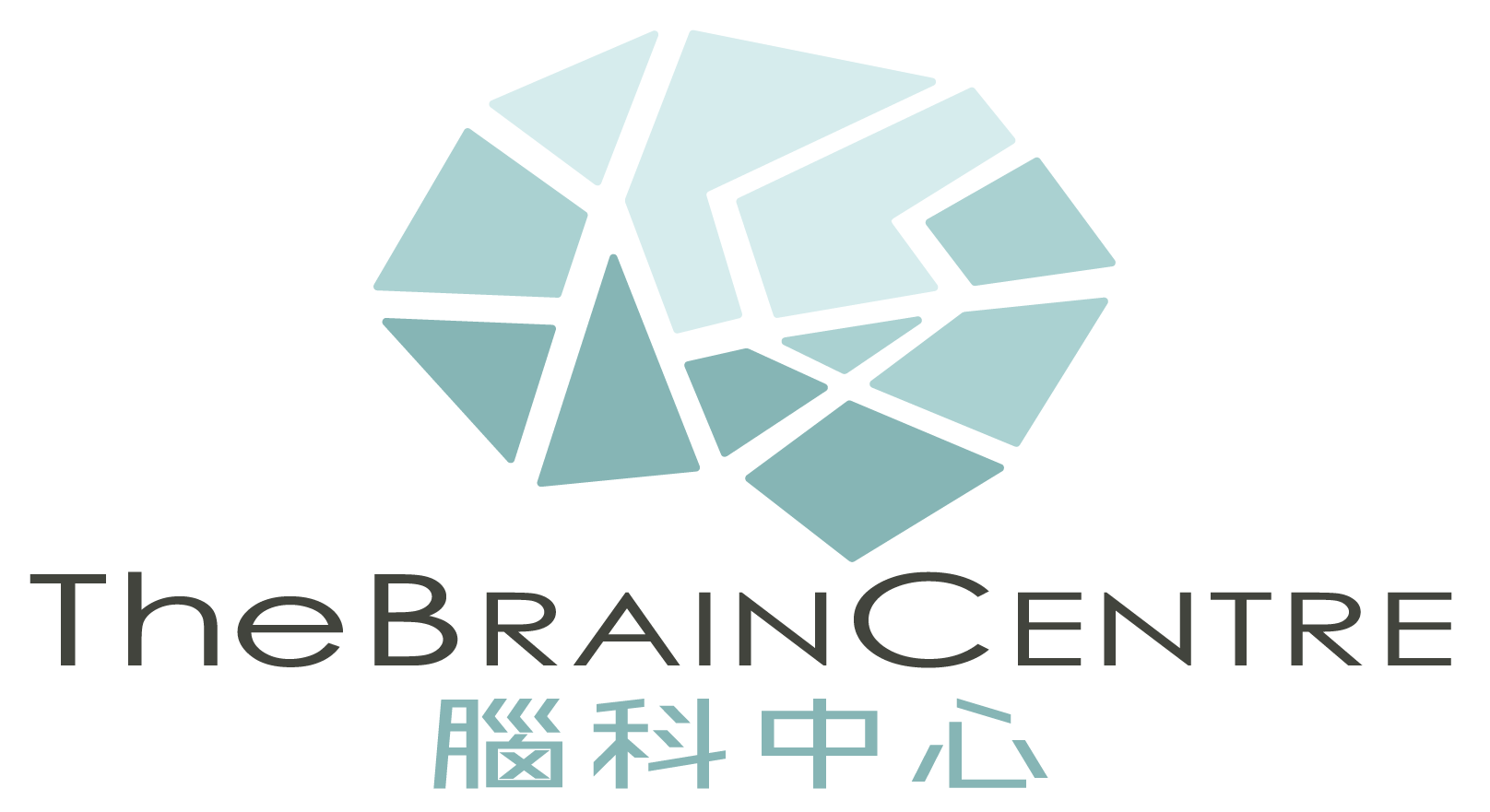A microcosting study of microsurgery, linac radiosurgery, and gamma knife radiosurgery in meningioma patients.
J Neurooncol. 2011;101(2):237–45. DOI: 10.1007/s11060-010-0243-4. Epub 2010 Jun 6.
Tan SS, van Putten E, Nijdam WM, Hanssens P, Beute GN, Nowak PJ, Dirven CM, Hakkaart-van Roijen L
Abstract
The aim of the present study is to determine and compare initial treatment costs of microsurgery, linear accelerator (LINAC) radiosurgery, and gamma knife radiosurgery in meningioma patients. Additionally, the follow-up costs in the first year after initial treatment were assessed. Cost analyses were performed at two neurosurgical departments in The Netherlands from the healthcare providers’ perspective. A total of 59 patients were included, of whom 18 underwent microsurgery, 15 underwent LINAC radiosurgery, and 26 underwent gamma knife radiosurgery. A standardized microcosting methodology was employed to ensure that the identified cost differences would reflect only actual cost differences. Initial treatment costs, using equipment costs per fraction, were <euro>12,288 for microsurgery, <euro>1,547 for LINAC radiosurgery, and <euro>2,412 for gamma knife radiosurgery. Higher initial treatment costs for microsurgery were predominantly due to inpatient stay (<euro>5,321) and indirect costs (<euro>4,350). LINAC and gamma knife radiosurgery were equally expensive when equipment was valued per treatment (<euro>2,198 and <euro>2,412, respectively). Follow-up costs were slightly, but not significantly, higher for microsurgery compared with LINAC and gamma knife radiosurgery. Even though initial
treatment costs were over five times higher for microsurgery compared with both radiosurgical treatments, our study gives indications that the relative cost difference may decrease when follow-up costs occurring during the first year after initial treatment are incorporated. This reinforces the need to consider follow-up costs after initial treatment when examining the relative costs of alternative treatments.
